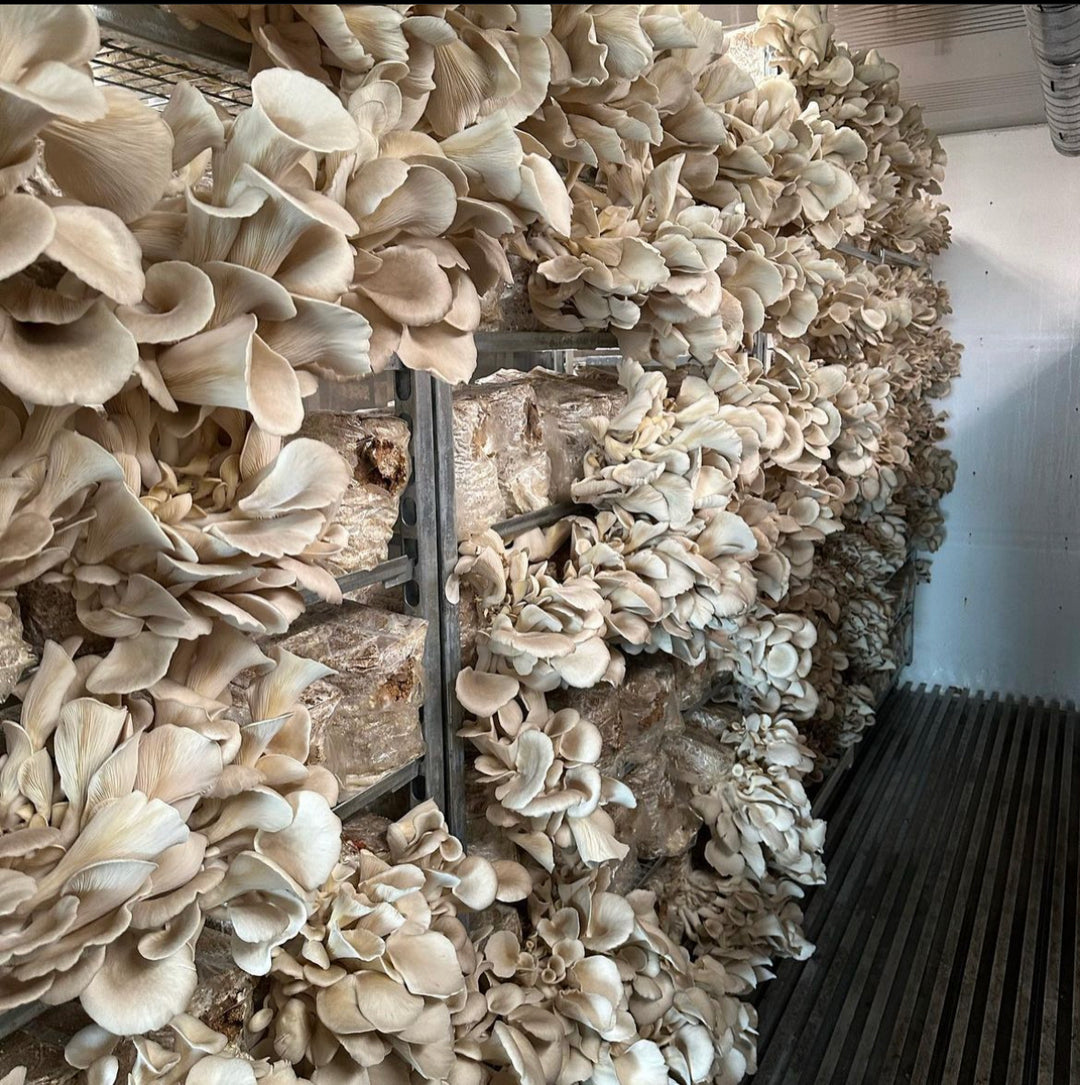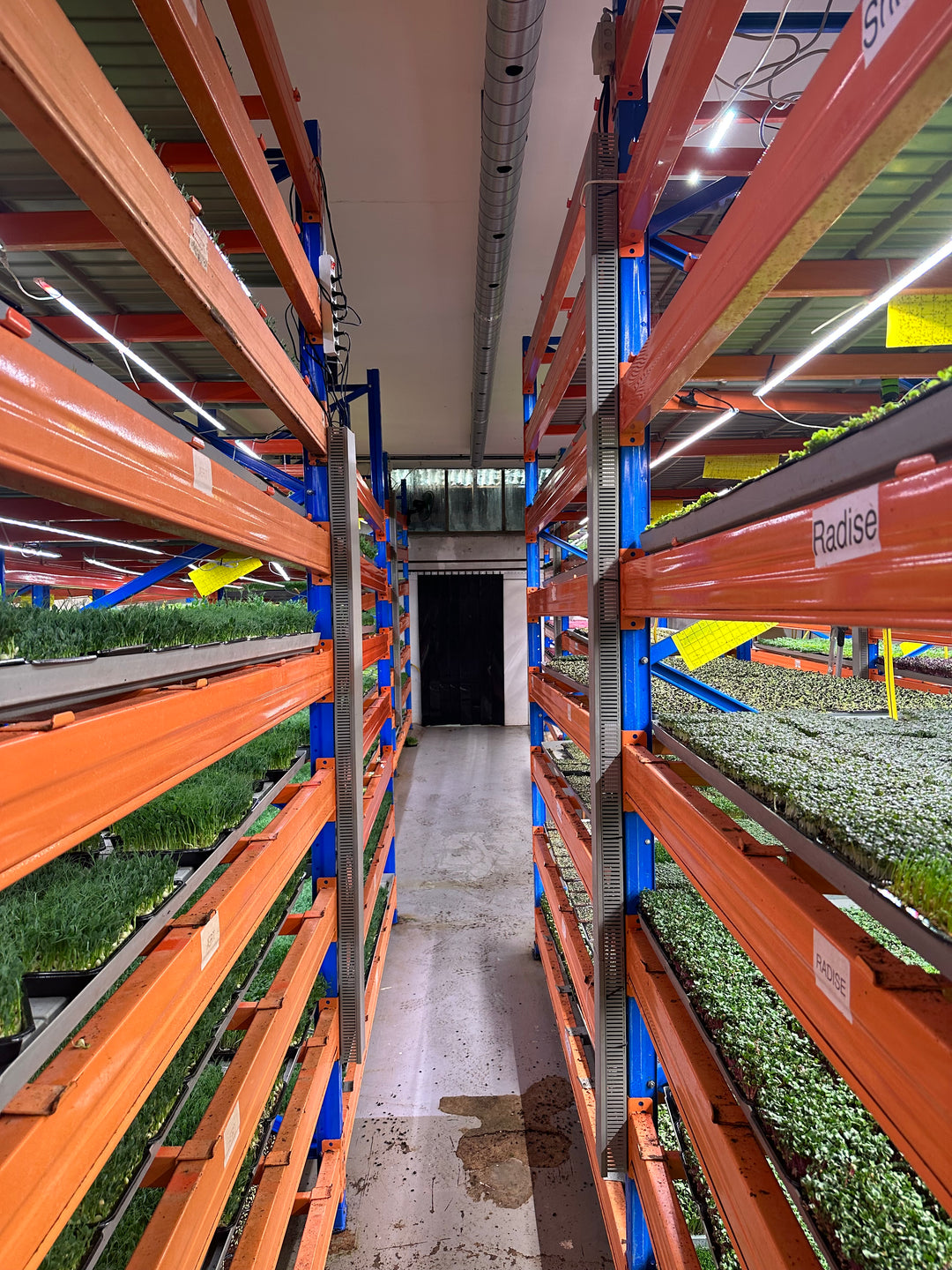Indoor Hydroponics: Grow Fresh Food at Home Without Soil

Hydroponics is changing the way people think about food. You don’t need a backyard, fertile soil, or even good weather to grow your own vegetables. With indoor hydroponics, anyone can grow fresh, nutritious produce—right in an apartment, kitchen, or spare room.
What Is Indoor Hydroponics?
Hydroponics is a method of growing plants using water enriched with nutrients, instead of
soil. Indoors, it means you can grow food year-round with minimal space, water, and
maintenance. Plants grow faster and often yield more, because their roots absorb everything they need directly.
Benefits of Indoor Hydroponics
No dirt, no mess
Space-efficient – perfect for small homes or urban living
Water-saving – uses up to 90% less water than soil gardening
Fast growth – many crops mature 30–50% faster
Pest-free – fewer soil-borne diseases and bugs
What You Need
Grow system: Kratky (passive), Deep Water Culture (DWC), or Nutrient Film
Technique (NFT) setups
Reservoir: To hold the nutrient solution
Net pots and grow medium: Clay pebbles, rockwool, or coco coir
Nutrient mix: Specially formulated liquid nutrients for hydroponics
Grow light: Full-spectrum LED for 12–16 hours of light per day
pH meter: To keep the water solution balanced (ideal is 5.5–6.5)
Best Crops for Indoor Hydroponics
Lettuce
Spinach
Kale
Basil
Mint
Bok choy
Parsley
Swiss chard
Getting Started
1. Choose your system – For beginners, the Kratky method (no pumps) is easiest.
2. Set up your grow light – Hang it close to your plants for strong, even lighting.
3. Mix nutrients into clean water – Follow product instructions for ratios.
4. Plant your seeds in a starter cube – Once they sprout, place them in your net cups.
5. Maintain the system – Check water levels, add nutrients weekly, and monitor pH.
Final Thoughts
Indoor hydroponics is one of the most efficient and accessible ways to take control of your
food supply. It’s scalable, clean, and surprisingly simple. You can start with one container
and end up feeding your household. Whether you want to grow your own greens or reduce your reliance on grocery stores, hydroponics offers a practical path to self-sufficiency—no backyard required.


